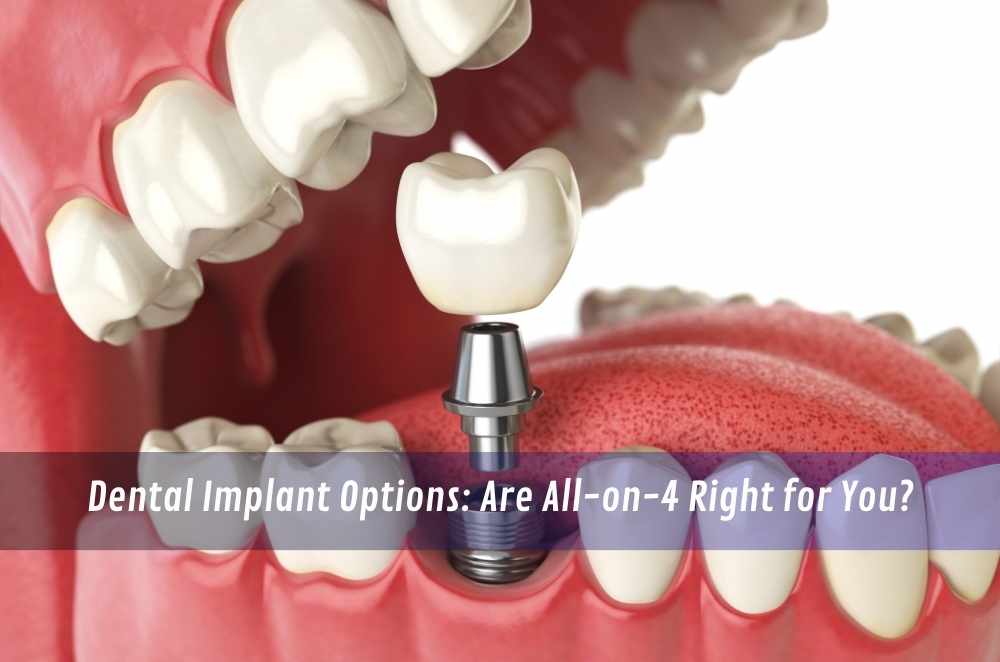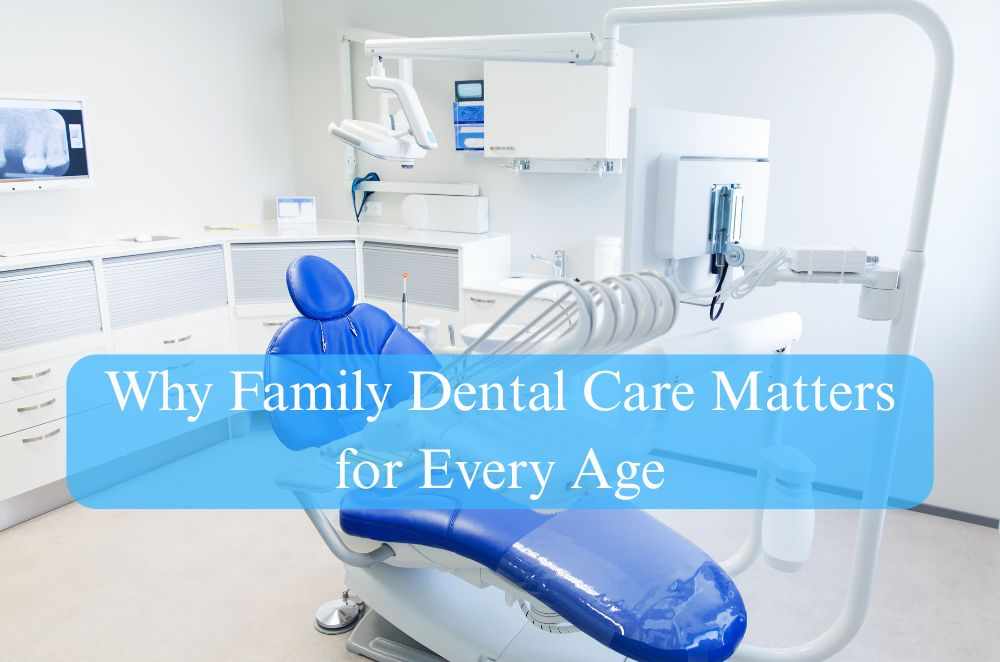
Have you ever chipped a tooth, had one crack, or noticed a filling starting to wear down? You’re not alone. I’ve worked with so many patients over the years who felt anxious the moment they spotted something wrong with their smile. But here’s the good news — modern dental restoration techniques can fix those issues beautifully. In many cases, a tooth that looks or feels unsalvageable can be restored to full health and strength.
In this guide, I’ll explain what tooth restoration really involves, the treatments available today, and why addressing problems early is the key to keeping your smile healthy and confident.
Why fixing damaged teeth matters more than you think
When patients first come in with a cracked tooth or an old, failing filling, they often ask, “Can’t I just leave it for now?” I always tell them: small problems can escalate quickly.
A tiny crack can deepen and split the tooth. Decay can spread to the nerve, causing serious pain. And when the bite becomes uneven, it can lead to jaw tension or even headaches.
The most common reasons for tooth damage
You might be surprised at how many things can wear down or damage teeth. In my practice, I most often see:
Tooth decay that hasn’t been treated early
Accidents or trauma — sports injuries and falls are more common than you’d think
Grinding and clenching (called bruxism — very common with stress)
Natural wear and tear as we age
Old dental work that’s worn out or no longer fitting properly
The range of tooth restoration options
The right treatment depends on the size of the problem and where the tooth is. In a typical week, I might use:
Fillings — For small to moderate decay or chips. Tooth-coloured materials now blend perfectly. No more metal smiles!
Inlays and onlays — For damage too big for a filling but not requiring a full crown. These are great for preserving natural teeth.
Crowns — If a tooth is badly weakened or following a root canal. A crown fully protects the tooth.
Veneers — For cosmetic improvement of chipped or worn front teeth.
Implants — When a tooth is too damaged to save. Implants look and feel incredibly natural.
Why oral health impacts more than your mouth
Here’s something many patients don’t realise — your dental health affects your whole body. Infections in the mouth can contribute to heart disease, diabetes complications, and even pregnancy risks.
That’s why it’s so important to stay informed. I often suggest patients check reliable resources like Oral Health Care Australia for simple advice on maintaining overall oral health.
How do you know when it’s time for restoration?
Sharp pain when biting or chewing
Sensitivity to hot, cold, or sweet foods
A visible crack or chip
Dark spots on a tooth
A filling or crown feels loose or has come out
Changes in your bite
Even if the tooth doesn’t hurt — trust me, it’s worth having it checked early. I’ve seen so many people wish they’d acted sooner.
What happens during a tooth restoration appointment?
1️⃣ Examination and X-rays to check the extent of damage
2️⃣ Discussion of options — I always explain everything clearly so you can choose the best solution
3️⃣ Treatment — often completed in a single visit for simple cases
4️⃣ Aftercare advice to help your restoration last
How restoring one tooth can protect your whole smile
A lot of people think of tooth restoration as just fixing what’s broken. But here’s the bigger picture: restoring a tooth protects the alignment of your bite, keeps neighbouring teeth stable, and prevents stress on your jaw.
One of my patients — a young professional — came in with a cracked molar from grinding. Once we restored that tooth and fitted a nightguard, it prevented further wear and even relieved their headaches.
Prevention goes hand in hand with restoration
Restoration fixes the damage. But what helps the most is preventing future problems. That’s why I often recommend reading up on preventing tooth decay — small daily habits can make a huge difference.
Daily brushing and flossing
Regular dental check-ups
A healthy diet that’s low in sugar
Wearing a nightguard if they grind their teeth
Caring for your restored teeth
The beauty of modern restorations is that, with good care, they can last many years. I always remind my patients:
Be gentle when biting very hard foods
Avoid sticky lollies that could loosen fillings
Use a soft toothbrush
Floss gently around crowns and veneers
Come in for regular check-ups
For great post-treatment advice, I often suggest dental crown care tips, and most of the tips apply to all types of restorations.
Appearance matters too!
Let’s not forget — restoring a tooth doesn’t just protect your bite. It also improves your smile.
I’ve had many patients tell me after a restoration: “I can smile properly again!” And that confidence boost matters just as much as the dental function.
Whether it’s a small chip in a front tooth or restoring a back molar so you can chew comfortably, it all adds up to a better quality of life.
Quick checklist — is it time to visit your dentist?
✅ Are you feeling any sensitivity or pain?
✅ Have you noticed a chip, crack, or discolouration?
✅ Do you have old fillings or crowns that might be wearing out?
✅ Has it been a while since your last dental check?
Final thoughts
I’ve seen time and again how dental restoration can completely change how a person feels about their teeth. Whether it’s restoring function, easing discomfort, or bringing back smile confidence, today’s treatments really do save smiles.
If there’s one thing I always tell my patients, it’s this: don’t wait. The sooner we catch an issue, the simpler (and more affordable) it is to fix.
So if you’ve spotted a problem — or if it’s simply time for your dental review — talk to your dentist. The right tooth restoration now could protect your smile for many years to come.






Write a comment ...